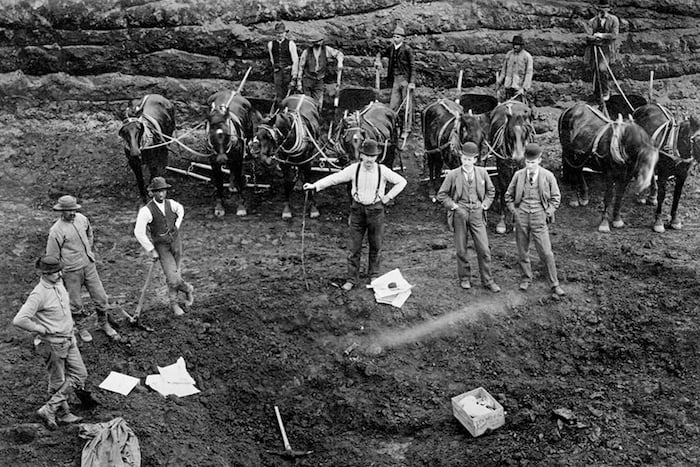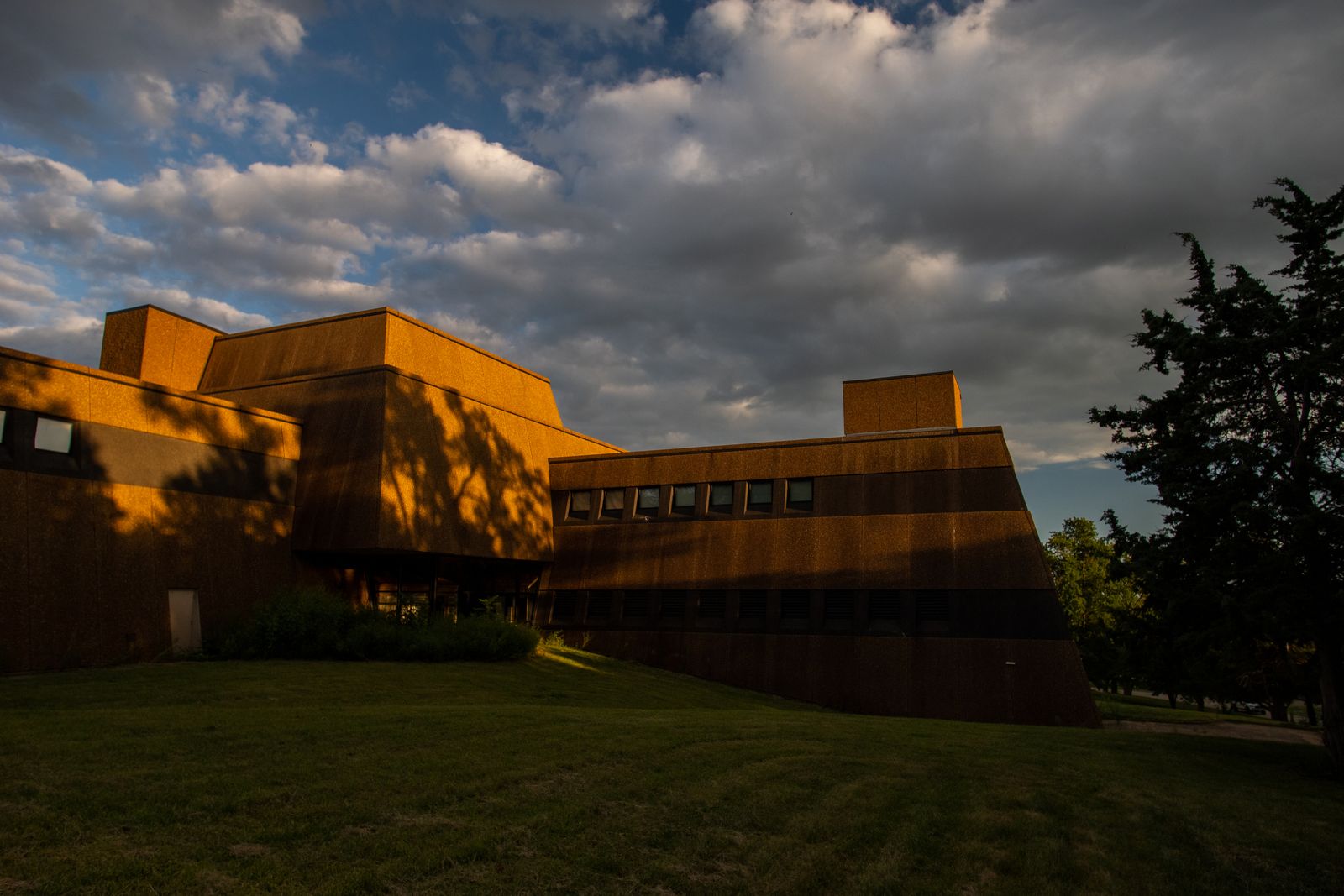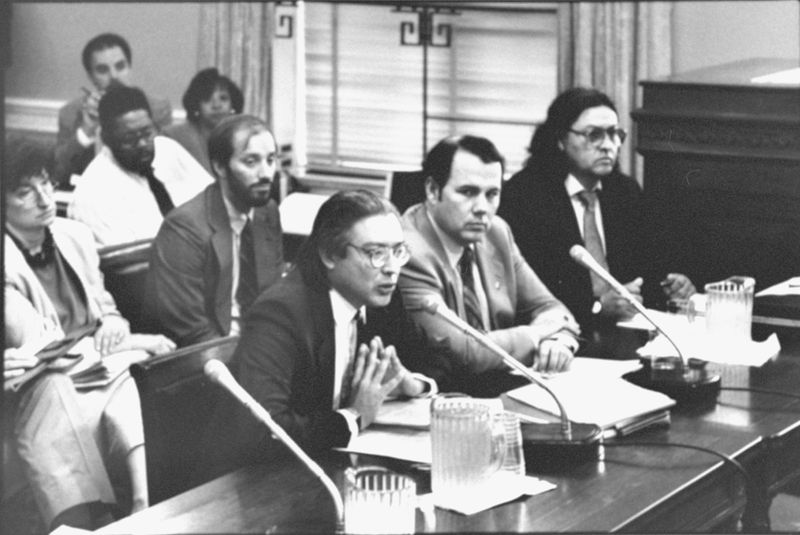Kalamazoo County, Michigan
Institutions reported making 100% of the remains of four Native Americans taken from Kalamazoo County, Michigan available for return to tribes under NAGPRA.
There are two institutions that reported Native American remains taken from Kalamazoo County, Michigan.
| Institution | Remains Not Made Available for Return | Remains Made Available for Return | % of Remains Made Available for Return |
|---|---|---|---|
| Grand Rapids Public Museum | 0 | 1 | 100% |
| Michigan State University | 0 | 3 | 100% |
Institutions made Native American remains taken from Kalamazoo County, Michigan available for return to 53 tribes.
| Tribe | Remains Made Available for Return to Tribe |
|---|---|
| Bay Mills Indian Community, Michigan | 4 |
| Keweenaw Bay Indian Community, Michigan | 4 |
| Lac Vieux Desert Band of Lake Superior Chippewa Indians of Michigan | 4 |
| Little River Band of Ottawa Indians, Michigan | 4 |
| Little Traverse Bay Bands of Odawa Indians, Michigan | 4 |
| Match-e-be-nash-she-wish Band of Pottawatomi Indians of Michigan | 4 |
| Pokagon Band of Potawatomi Indians, Michigan and Indiana | 4 |
| Saginaw Chippewa Indian Tribe of Michigan | 4 |
| Sault Ste. Marie Tribe of Chippewa Indians, Michigan | 4 |
| Bad River Band of the Lake Superior Tribe of Chippewa Indians of the Bad River Reservation, Wisconsin | 3 |
| Bois Forte Band (Nett Lake) of the Minnesota Chippewa Tribe, Minnesota | 3 |
| Chippewa Cree Indians of the Rocky Boy's Reservation, Montana | 3 |
| Citizen Potawatomi Nation, Oklahoma | 3 |
| Fond du Lac Band of the Minnesota Chippewa Tribe, Minnesota | 3 |
| Forest County Potawatomi Community, Wisconsin | 3 |
| Grand Portage Band of the Minnesota Chippewa Tribe, Minnesota | 3 |
| Grand Traverse Band of Ottawa and Chippewa Indians, Michigan | 3 |
| Hannahville Indian Community, Michigan | 3 |
| Lac Courte Oreilles Band of Lake Superior Chippewa Indians of Wisconsin | 3 |
| Lac du Flambeau Band of Lake Superior Chippewa Indians of the Lac du Flambeau Reservation of Wisconsin | 3 |
| Leech Lake Band of the Minnesota Chippewa Tribe, Minnesota | 3 |
| Little Shell Tribe of Chippewa Indians of Montana | 3 |
| Miami Tribe of Oklahoma | 3 |
| Mille Lacs Band of the Minnesota Chippewa Tribe, Minnesota | 3 |
| Minnesota Chippewa Tribe, Minnesota | 3 |
| Nottawaseppi Huron Band of the Potawatomi, Michigan (formerly the Huron Potawatomi, Inc.) | 3 |
| Ottawa Tribe of Oklahoma | 3 |
| Prairie Band of Potawatomi Nation | 3 |
| Red Cliff Band of Lake Superior Chippewa Indians of Wisconsin | 3 |
| Red Lake Band of Chippewa Indians, Minnesota | 3 |
| Sac and Fox Nation, Oklahoma | 3 |
| Sokaogon Chippewa Community, Wisconsin | 3 |
| St. Croix Chippewa Indians of Wisconsin | 3 |
| Turtle Mountain Band of Chippewa Indians of North Dakota | 3 |
| White Earth Band of Minnesota Chippewa Tribe, Minnesota | 3 |
| Absentee-Shawnee Tribe of Indians of Oklahoma | 2 |
| Delaware Nation, Oklahoma | 2 |
| Delaware Tribe of Indians | 2 |
| Eastern Shawnee Tribe of Oklahoma | 2 |
| Kickapoo Traditional Tribe of Texas | 2 |
| Kickapoo Tribe of Indians of the Kickapoo Reservation in Kansas | 2 |
| Kickapoo Tribe of Oklahoma | 2 |
| Menominee Indian Tribe of Wisconsin | 2 |
| Peoria Tribe of Indians of Oklahoma | 2 |
| Sac and Fox Nation of Missouri in Kansas and Nebraska | 2 |
| Sac and Fox Tribe of the Mississippi in Iowa | 2 |
| Seneca Nation of Indians | 2 |
| Seneca-Cayuga Nation | 2 |
| Shawnee Tribe | 2 |
| Stockbridge Munsee Community, Wisconsin | 2 |
| Tonawanda Band of Seneca | 2 |
| Wyandotte Nation | 2 |
| Grand River Band of Ottawa Indians | 1 |
Know how an institution is handling repatriation? Have a personal story to share? We'd like to hear from you.
Watch an informational webinar with our reporters.
This tool presents a dataset maintained by the National Park Service containing all the Native American human remains and associated funerary objects that institutions have reported to the federal government under the Native American Graves Protection and Repatriation Act. The dataset includes information about the state and county where remains and objects were taken from, which institutions hold them and whether they have been made available for return to tribes.
The data is self-reported by institutions. The amount of unrepatriated Native American remains reported by institutions is a minimum estimate of individuals and institutions frequently adjust these numbers when they reinventory groups of remains. Some institutions that are subject to NAGPRA have also entirely failed to report the remains in their possession. As a result, the numbers provided are best taken as estimates. The actual number and geographic scope of what’s held by publicly funded institutions is larger than what is presently documented.
ProPublica supplemented this dataset with information about cultural affiliation and disposition to specific tribes by systematically parsing the text of Notices of Inventory Completion published in the Federal Register. An additional dataset from the Department of Housing and Urban Development, the Tribal Directory Assessment Tool, was used for the section on remains not made available for return from counties that each tribe has indicated interest in to the federal government.
Institution location and tribal headquarters location information was provided by National NAGPRA. The location of some groups that are not federally recognized was provided through research by ProPublica.
Institutions that are part of a larger entity are grouped. (For example, the Mesa Verde National Park is part of the U.S. Department of the Interior.)
Institutions that have not submitted information to the federal government are not listed. The Smithsonian Institution is not listed because its repatriation process falls under the National Museum of the American Indian Act and it is not required to publicly report its holdings with the same detail as institutions subject to NAGPRA.
If you work for an institution and would like to provide comment on your institution’s repatriation efforts, please email [email protected]. If you think the data is incorrect or have a data request, please get in touch. We are aware of some issues with the accuracy of location information and tribes mistakenly being identified for disposition of Native American remains in published notices.
If you want to share something else with ProPublica, we’d like to hear from you.
If you have questions about implementing or complying with the Native American Graves Protection and Repatriation Act, get in touch with National NAGPRA or the NAGPRA Community of Practice.
We use the word “tribes” to refer to all groups that institutions made Native American remains available to under NAGPRA. This includes tribes, nations, bands, pueblos, communities, Native Alaskan villages, Native Hawaiian organizations and non-federally recognized groups.
Data sources from Department of the Interior, National Park Service, National NAGPRA Program, the Federal Register, Department of Housing and Development, Tribal Directory Assessment Tool


